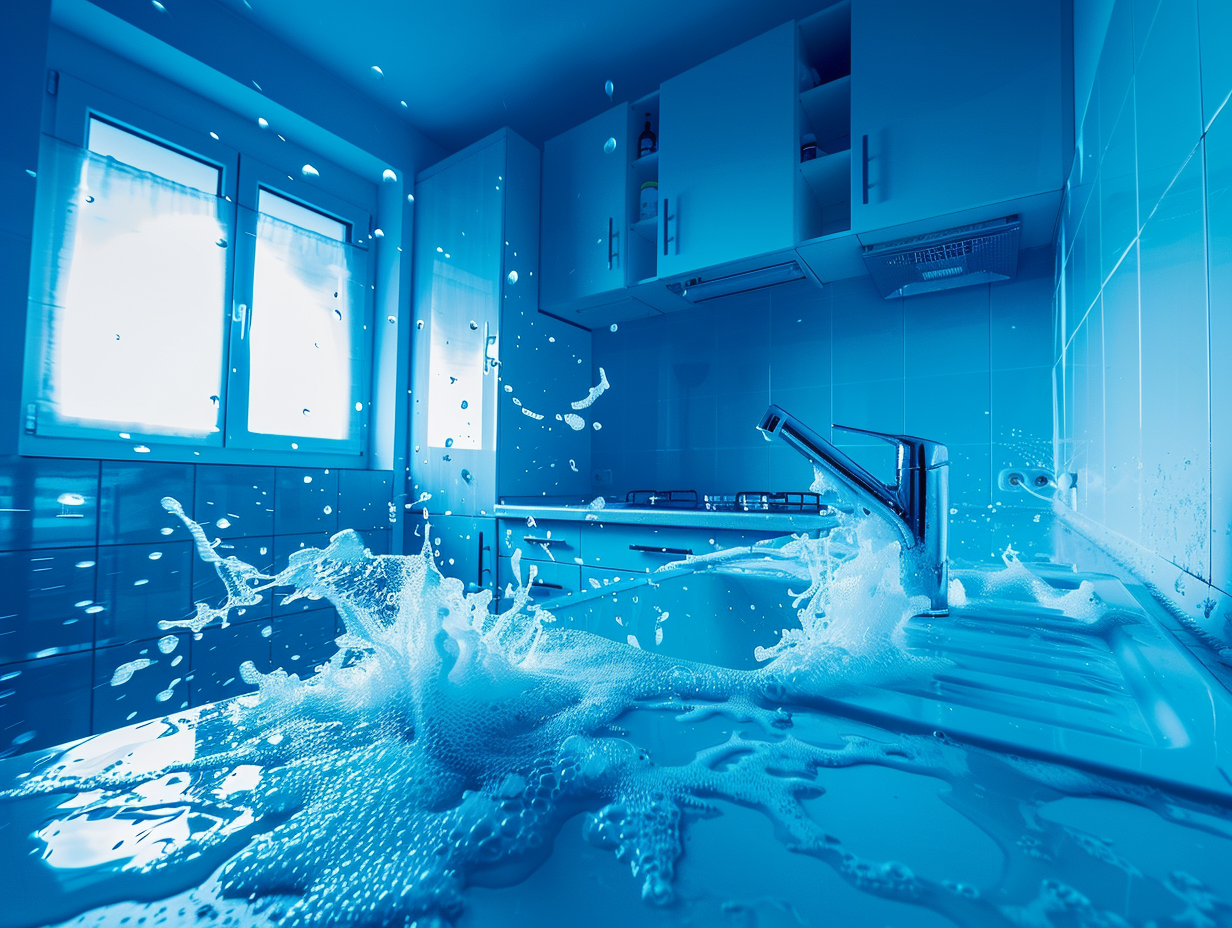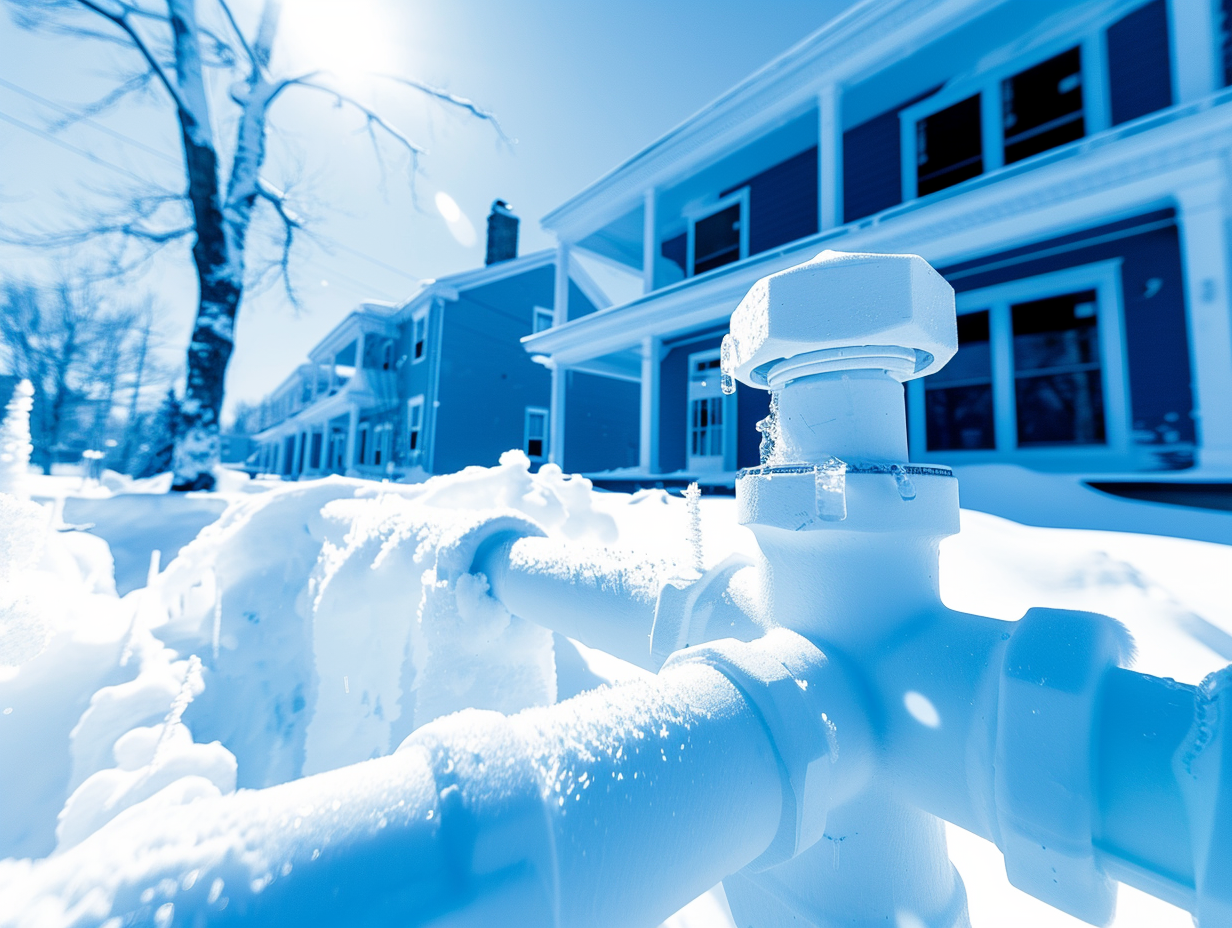A malfunctioning toilet can be a major inconvenience and disrupt your daily routine. Whether it's…

How to Fix Sinks, Tubs, and Drains: A Comprehensive Guide
Dealing with plumbing issues can be frustrating, especially when they affect essential areas like sinks, tubs, and drains. From slow-draining sinks to clogged tubs, these problems can disrupt your daily routine and cause unnecessary stress. However, with a bit of knowledge and the right tools, many common plumbing issues can be fixed without the need to call a professional. In this guide, we’ll provide step-by-step instructions for tackling some of the most common sink, tub, and drain problems so you can keep your plumbing running smoothly.
1. Unclogging a Sink Drain
Symptoms:
- Water pooling in the sink
- Slow drainage
- Gurgling noises when water drains
Tools Needed:
- Plunger
- Drain snake or auger
- Baking soda and vinegar (optional)
Step 1: Try the Plunger
- Start by placing the plunger over the drain and ensuring a tight seal.
- Push and pull the plunger vigorously to create suction, then release to dislodge the clog.
- Repeat several times until the water starts to drain properly.
Step 2: Use a Drain Snake
- If the plunger doesn’t work, try using a drain snake or auger.
- Insert the snake into the drain and rotate it clockwise while pushing forward.
- Continue feeding the snake into the drain until you feel resistance, then rotate it to break up the clog.
- Pull the snake out of the drain, along with any debris.
Step 3: Try Baking Soda and Vinegar (Optional)
- If the clog persists, try pouring a mixture of baking soda and vinegar down the drain.
- Let it sit for about 30 minutes to fizz and break up the clog, then flush with hot water.
2. Fixing a Leaky Faucet
Symptoms:
- Dripping water from the faucet
- Water stains or puddles around the base of the faucet
Tools Needed:
- Adjustable wrench
- Screwdriver
- Replacement washers or O-rings
Step 1: Turn Off the Water Supply
- Locate the shut-off valves under the sink and turn them clockwise to shut off the water supply.
Step 2: Remove the Faucet Handle
- Use a screwdriver to remove the screw holding the handle in place.
- Gently pry off the handle to expose the cartridge or valve assembly.
Step 3: Replace Washers or O-Rings
- Inspect the washers or O-rings for damage and replace them if necessary.
- Reassemble the faucet handle and turn the water supply back on to test for leaks.
3. Clearing a Clogged Tub Drain
Symptoms:
- Water backing up in the tub
- Slow drainage
- Foul odors coming from the drain
Tools Needed:
- Plunger
- Drain snake or auger
- Chemical drain cleaner (optional)
Step 1: Plunge the Drain
- Use a plunger to create suction and dislodge the clog.
- Cover the overflow drain with a wet cloth to create a seal, then plunge the drain vigorously.
Step 2: Use a Drain Snake
- If plunging doesn’t work, try using a drain snake or auger to break up the clog.
- Insert the snake into the drain and rotate it clockwise while pushing forward.
- Continue until you feel resistance, then rotate to break up the clog.
Step 3: Consider Chemical Drain Cleaner (Optional)
- If the clog persists, you may consider using a chemical drain cleaner.
- Follow the manufacturer’s instructions carefully and use caution, as these products can be caustic.
By following these steps, you can tackle common sink, tub, and drain problems with confidence. However, if you’re uncomfortable or unable to fix the issue yourself, don’t hesitate to contact a professional plumber for assistance. Remember, safety always comes first when dealing with plumbing repairs.



